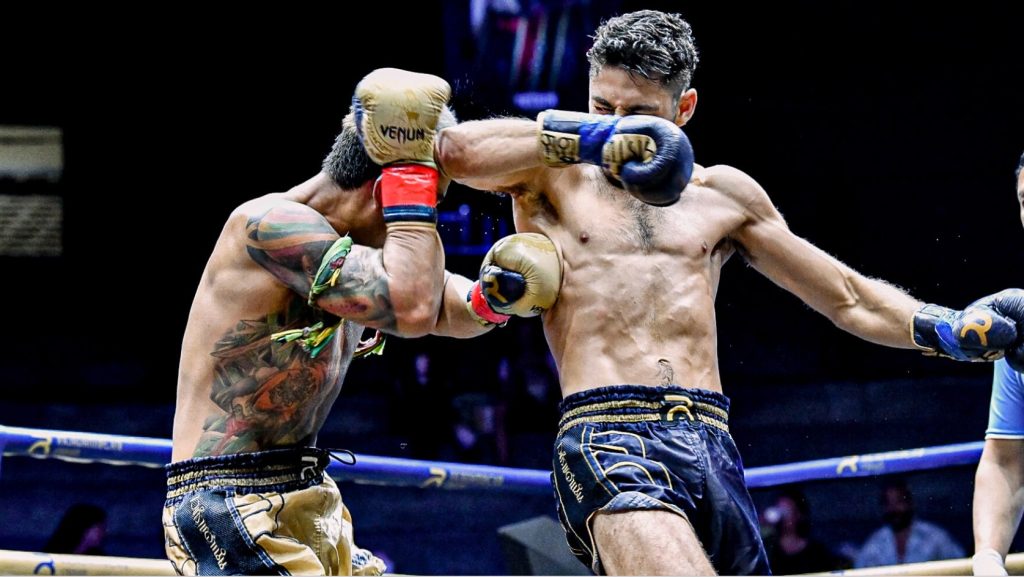Fighters : Muay Thai, also known as “The Art of Eight Limbs,” is a traditional martial art from Thailand known for its striking techniques using fists, elbows, knees, and shins. While modern Muay Thai fighters are usually seen wearing boxing gloves, in traditional forms of the sport, fighters wore ropes wrapped around their hands and forearms. This practice, known as “Muay Kard Chuek”, is deeply rooted in Thai history and culture.
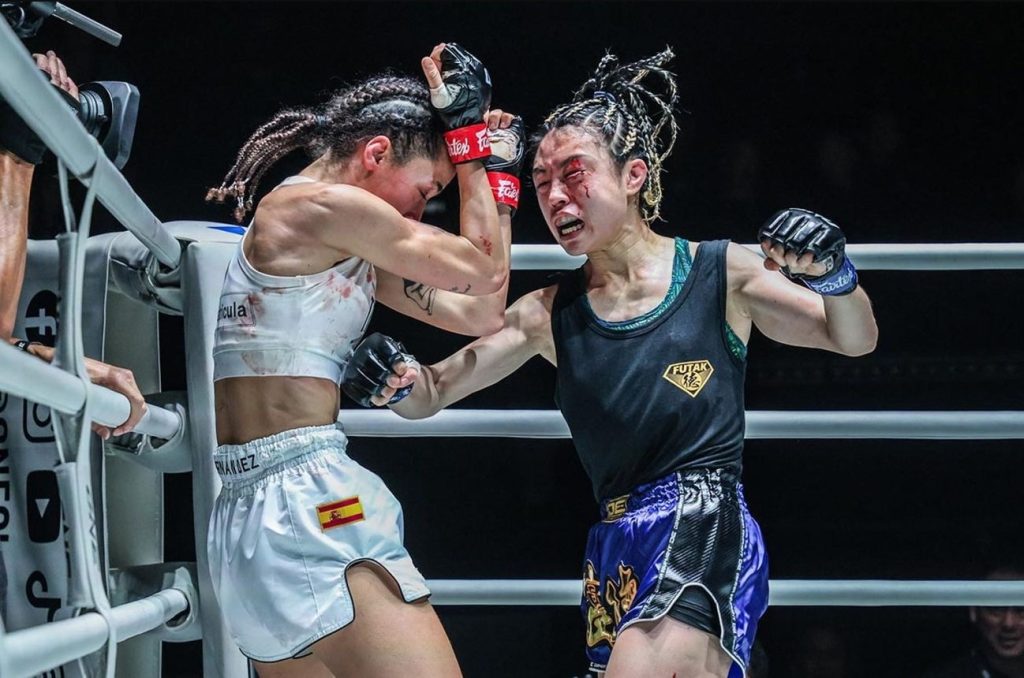
Table of Contents
This article explores why Muay Thai fighters wore ropes, the cultural and practical significance of this tradition, and how it compares with modern Muay Thai practices.
The Origins of Ropes in Muay Thai: “Muay Kard Chuek”
Before the introduction of Western boxing gloves, Muay Thai fighters used hemp or cotton ropes, known as kard chuek, to wrap their hands. This style is still occasionally showcased in traditional exhibitions and festivals, but its roots go back centuries.
Key Characteristics of Muay Kard Chuek
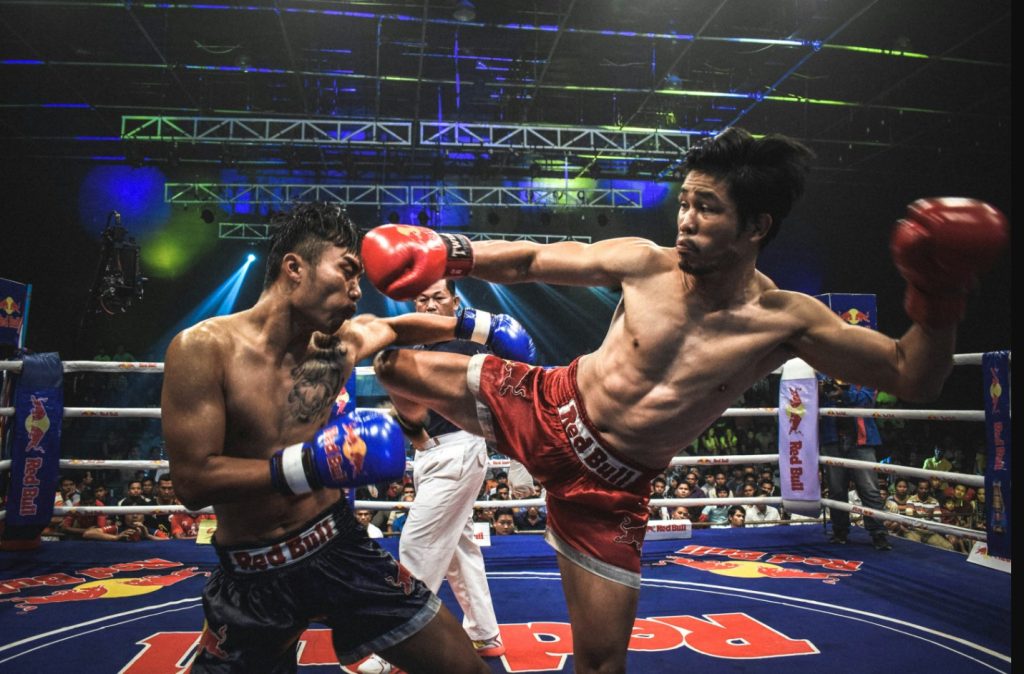
| Feature | Description |
|---|---|
| Material | Hemp, cotton, or horsehair ropes |
| Protection Purpose | Meant to protect the hands and wrists during impact |
| Additional Functionality | Increased damage potential to opponents (more abrasive) |
| Cultural Use | Traditional matches, ceremonies, and festival bouts |
| Time Period | Pre-20th century (before gloves became mandatory) |
Reasons Muay Thai Fighters Wore Ropes
There are several reasons why Muay Thai fighters traditionally wore ropes instead of gloves. These reasons range from practical to symbolic.
1. Hand Protection and Support
The ropes were tightly wound around the hands and wrists to protect the knuckles and support the wrists. Since Muay Thai emphasizes powerful strikes, wrist stability and impact absorption were crucial.
- The layering of rope acted as a primitive glove.
- Though it lacked padding, it provided some shock absorption and prevented injuries.
2. Increased Combat Effectiveness
The ropes were often dipped in resin or glue and left to dry, creating a harder surface that could inflict more damage. In extreme cases, fighters even embedded shards of glass into the ropes, though this was more common in outlaw or unsanctioned matches, and not reflective of authentic Muay Thai practice.
This style made fights more dangerous and brutal, showcasing the warrior spirit.
3. Cultural and Ritual Significance
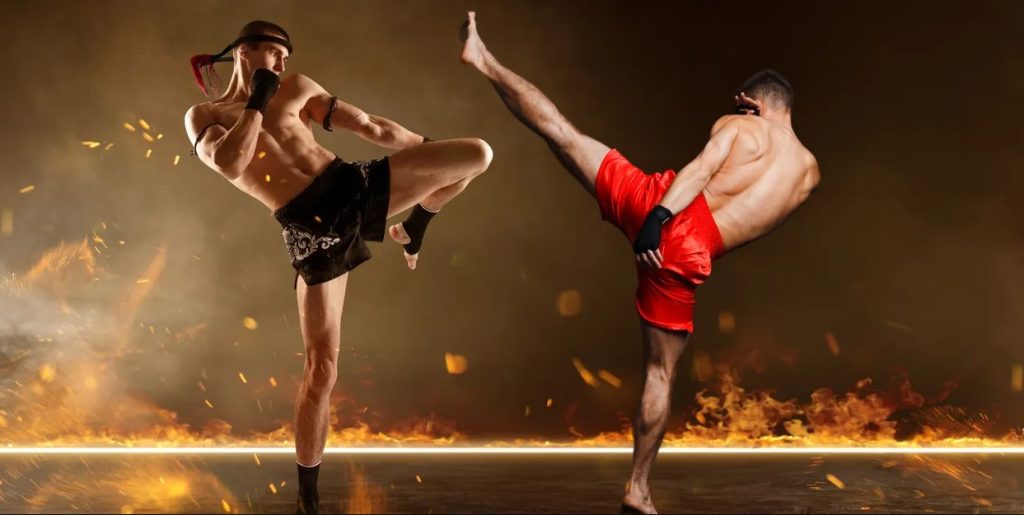
Muay Thai is steeped in tradition. The wrapping of the hands was often part of a pre-fight ritual and carried spiritual significance. Fighters believed the ropes could ward off evil spirits or provide luck and strength.
- Monks or family members sometimes wrapped the ropes while chanting prayers.
- Fighters often carried amulets or sacred cloth under the rope for protection.
Symbolism and Rituals Around Kard Chuek
Muay Thai is not just a sport—it’s a spiritual journey. Many elements of the sport reflect Buddhist influence, and rope wrapping was no exception.
Spiritual Aspects of Kard Chuek
| Ritual or Symbol | Meaning |
|---|---|
| Prayers during wrapping | Invoking blessings and protection |
| Sacred cloth or amulets | Spiritual protection, often blessed by monks |
| Ceremony before match | Known as Wai Khru Ram Muay, showing respect to teachers |
| Rope color significance | Sometimes represented the fighter’s gym or region |
Modern Muay Thai vs. Traditional Rope Wrapping
Differences Between Kard Chuek and Modern Gloves
| Aspect | Muay Kard Chuek | Modern Gloves |
|---|---|---|
| Hand Wrapping Material | Hemp or cotton ropes | Cotton hand wraps, padded gloves |
| Injury Risk | Higher (abrasions, cuts) | Lower (padded for safety) |
| Regulatory Use | Not allowed in modern competition | Mandatory in official matches |
| Cultural Importance | High (traditional and ritualistic) | Moderate (practical use) |
| Audience Appeal | Nostalgic and ceremonial | Widely accepted and sport-standardized |
Muay Kard Chuek Today: Revival in Modern Times
Despite its reduced presence in mainstream competition, Muay Kard Chuek has seen a resurgence in special events and promotional fights. Organizations like Muay Thai Super Champ and Thai Fight sometimes feature Kard Chuek bouts to celebrate Thailand’s rich martial arts heritage.
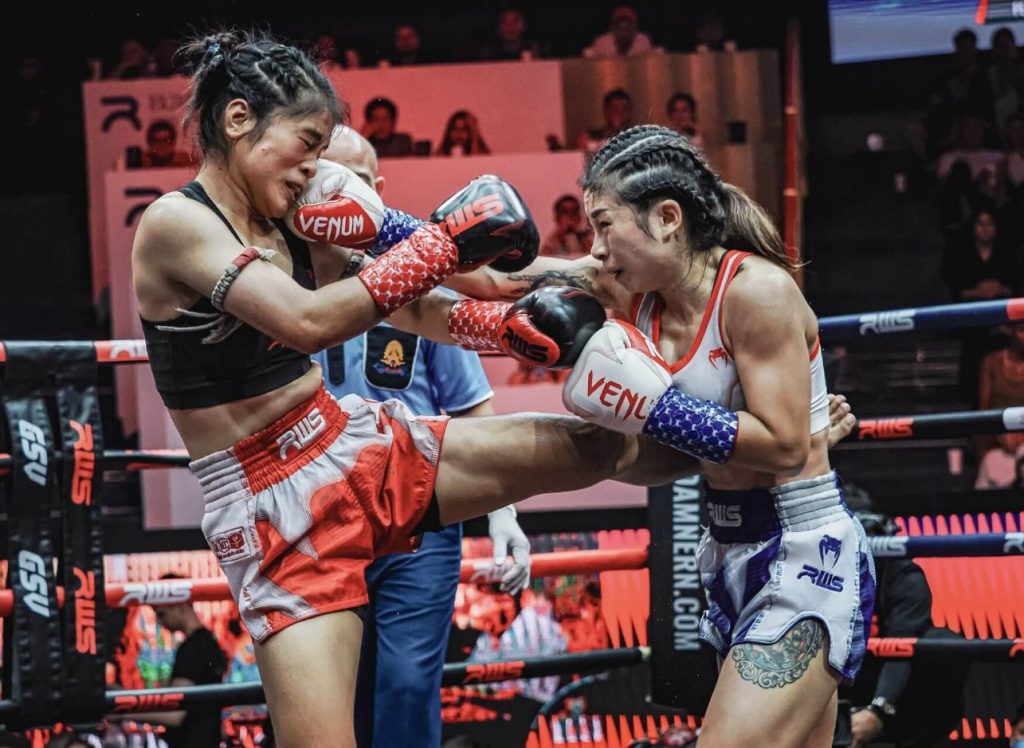
Modern Uses Include:
- Cultural festivals
- Televised traditional-style fights
- Amateur and demonstration matches
- Tourist exhibitions and ceremonies
These matches serve as a cultural bridge, educating modern audiences about the ancient traditions of Muay Thai while still showcasing the discipline’s raw, powerful style.
Safety Considerations
While Kard Chuek has an allure of authenticity, it also poses a greater risk of injury for both the fighter and their opponent.
Common Risks:
- Deep cuts and lacerations
- Broken knuckles or wrists
- Greater chance of head trauma due to less padding
The practice of wearing ropes in Muay Thai—known as Muay Kard Chuek—is more than a relic of the past. It is a window into Thailand’s warrior culture, showcasing the blend of functionality, spirituality, and symbolism that defines traditional martial arts. While modern safety standards have replaced ropes with padded gloves, the legacy of Kard Chuek remains alive in ceremonies, exhibitions, and specially sanctioned bouts.

It reminds us that Muay Thai is not just a sport, but a deep-rooted cultural tradition—one where every strike carries the weight of history and honor.

